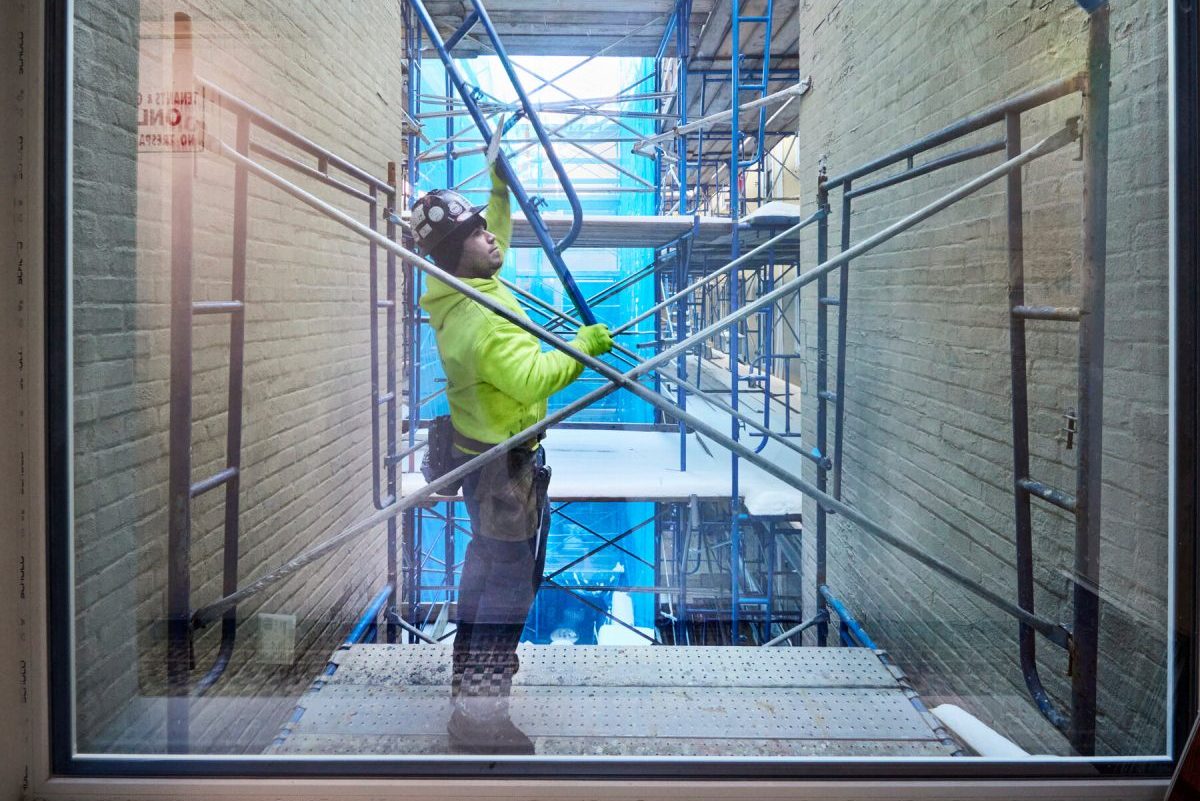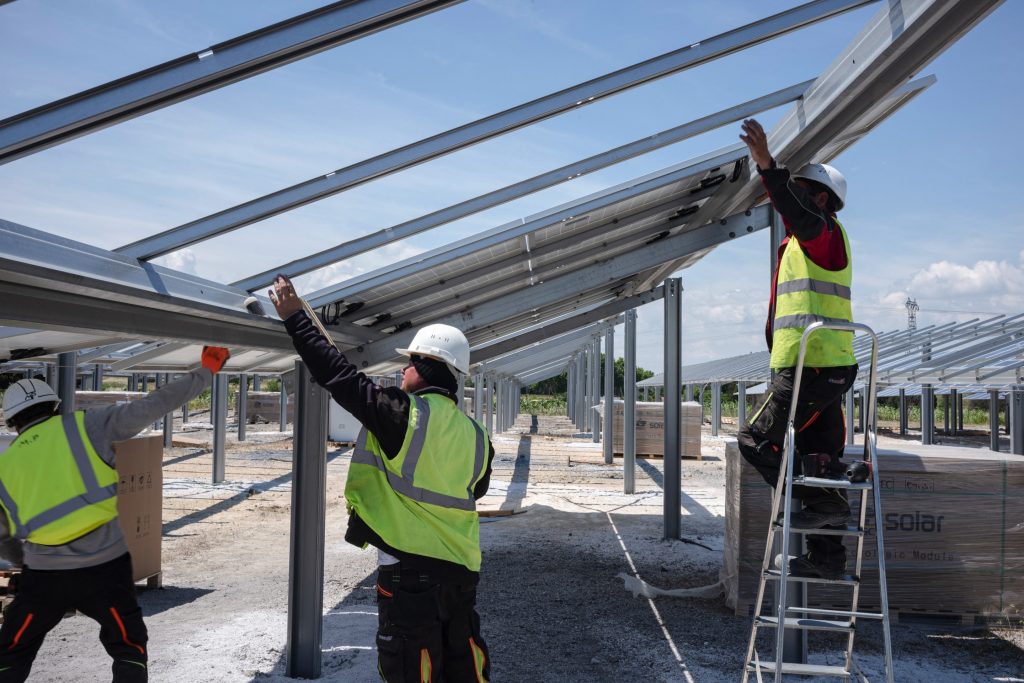The Associated General Contractors of America or AGC noted that while construction activities are only 1% to 2% of artificial greenhouse gas emissions in the United States, the buildings consume nearly 40% of the country’s energy. Thus, the buildings are associated with almost 31% of emissions, as reported by the U.S. Environmental Protection Agency.
AGC thinks that looking for ways to make the construction business more efficient will significantly impact domestic greenhouse gas emissions. Additionally, searching for ways to make sure that the buildings are now more efficient can dramatically reduce the consequences of climate change.
The association’s initiatives include utility infrastructure, national markets, and highways, and transportation. The Senate discusses a $3.5 trillion bill focused on social and environmental programs and a $1 trillion infrastructure scheme.
AGC aims to expand the 179D energy-efficient tax deduction to let builders, designers, and owners write off $1.80 per foot for lessening building emissions by 50%. It also seeks to fast-track carbon-reducing projects during the entitlement and permitting process. Lastly, it intends to encourage policymakers to prioritize the innovation of federal buildings.

Changes at the Construction Sites
Specific changes at construction sites are now initiated to minimize building emissions. Such involves but are not limited to recycling programs for building materials, anti-idling policies for equipment, and energy-efficient lighting or solar-powered trailers.
Moreover, owner-clients are now highly encouraged to build and invest in more climate-conscious buildings. Luckily, numerous developers and owners are embracing this environment-friendly concept despite higher upfront costs, which material price hikes and shortages have worsened during the COVID-19 health crisis.
Furthermore, building owners, mainly private ones, want to express their support for reducing greenhouse gas emissions by looking for innovations and contractors and designers to assist them in meeting these goals, saving the environment objectively.
Convincing business owners and individuals to invest in buildings or structures that provide more energy efficiency and less greenhouse gas emissions. In the long run, employing efficient operations wherein their capital expenses will be reduced is beneficial to both the surroundings and the people. Together, let us save the planet Earth and make it a better place to live in!

